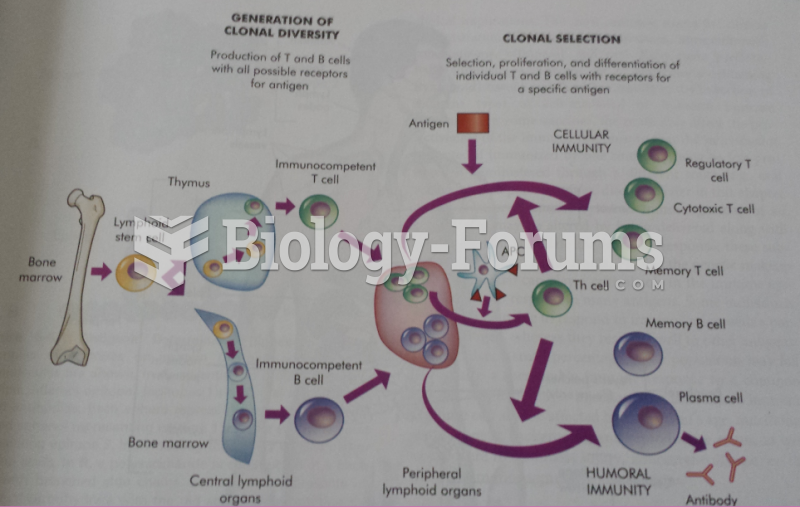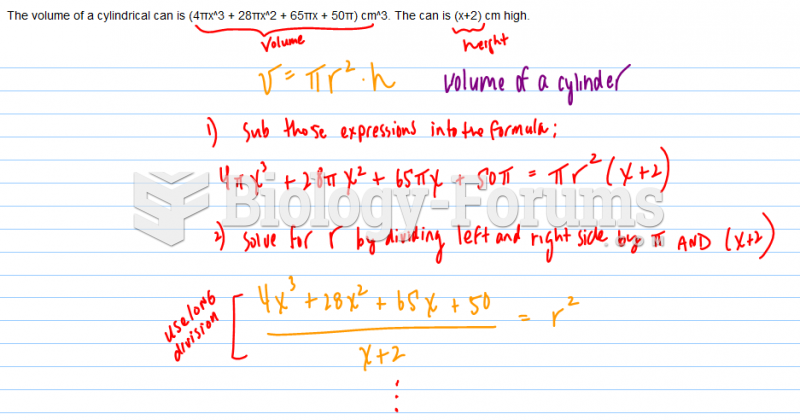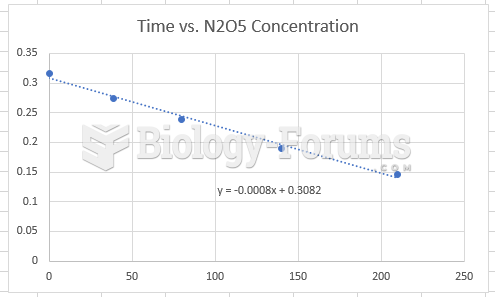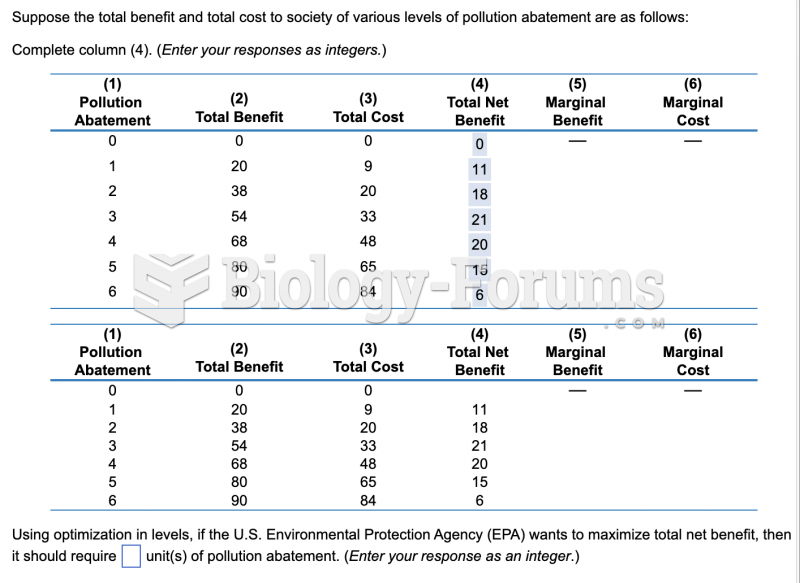Answer to Question 1
Power does not require goal compatibility, merely dependence. Leadership, on the other hand, requires some congruence between the goals of the leader and those being led. A second difference relates to the direction of influence. Leadership focuses on the downward influence on one's followers. It minimizes the importance of lateral and upward influence patterns. Power does not. Still another difference deals with research emphasis. Leadership research, for the most part, emphasizes style. It seeks answers to such questions as: How supportive should a leader be? How much decision making should be shared with followers? The research on power encompasses a broader area and focus on tactics for gaining compliance. Power can be used by groups as well as by individuals to control other individuals or groups.
Answer to Question 2
Written communications include memos, letters, fax transmissions, e-mail, instant messaging, organizational periodicals, notices placed on bulletin boards (including electronic ones), and any other device that transmits via written words or symbols. It's often tangible and verifiable. When it's printed, both the sender and receiver have a record of the communication; and the message can be stored for an indefinite period. If there are questions about its content, the message is physically available for later reference. This feature is particularly important for complex and lengthy communications. A final benefit of all written communication comes from the process itself. People are usually forced to think more thoroughly about what they want to convey in a written message than in a spoken one.
A drawback of written communication is that it is time consuming. The other major disadvantage is lack of a built-in feedback mechanism. Oral communication allows the receiver to respond rapidly to what he thinks he hears. But mailing a memo provides no assurance it has been received or that the recipient will interpret it as the sender intended.







